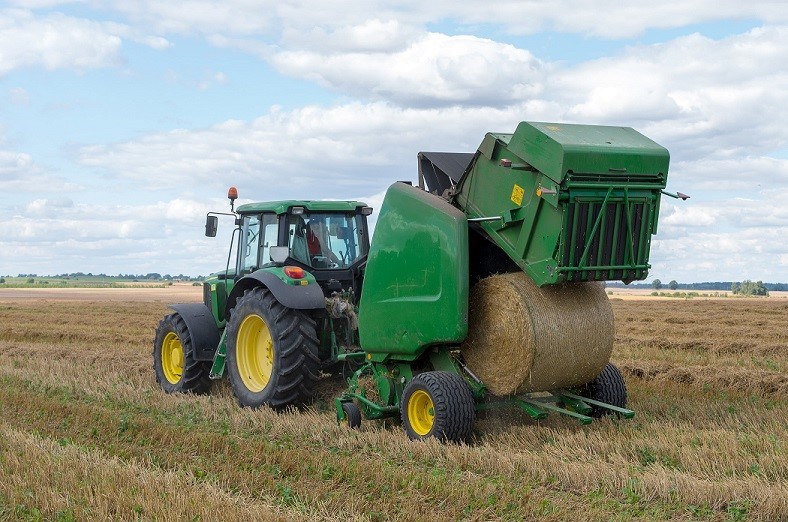The majority of crops in the province are in fair to good condition. Provincially, 56 per cent of fall cereals, 61 per cent of spring cereals, 58 per cent of oilseed crops and 60 per cent of pulse crops are at their normal stages of development for this time of year.
Most of the province received rainfall this week, but it was not enough to improve soil moisture conditions or to offset the effects of the current heat wave. Cooler temperatures and a good wide spread rain is needed for the entire province.
Rainfall in the province ranged from nothing to 28 mm in the Vonda area. Moisture levels sharply declined this week. Cropland topsoil moisture is rated as zero per cent surplus, 31 per cent adequate, 42 per cent short and 27 per cent very short. Hay and pasture land topsoil moisture is rated as zero per cent surplus, 24 per cent adequate, 36 per cent short and 40 per cent very short.
Haying operations are off to a delayed start in the province due to cool temperatures and moisture limitations early in the season. For most producers this year's hay crop did not reach a satisfactory quantity or quality. Hay quality is currently rated as seven per cent excellent, 38 per cent good, 45 per cent fair and 10 per cent poor.
Producers hope that the heat will break. Rain is needed to improve crop and pasture growth, especially in the areas that did not receive much rain prior to this week.
The majority of crop damage reported was from heat, dry winds, extremely dry soil conditions, insects and gophers.
Producers are busy finishing crop herbicide applications, moving cattle to market, scouting for pests and fixing equipment and beginning haying operations in some areas.
East-Central Saskatchewan:
·Crop District 5 – Melville, Yorkton, Cupar, Kamsack, Foam Lake, Preeceville and Kelvington areas
·Crop District 6A – Lumsden, Craik, Watrous and Clavet areas
Even though the region has received some localized rain showers the crops are slow to develop because of the high day time temperatures and overall lack of moisture.
The east-central region requires more rain and mid to low 20 degree temperatures to improve crop development.
Areas that received rain have reported that crops are looking better, but more is needed. Sixty-one per cent of the fall cereals, 64 per cent of the spring cereals, 62 per cent of the oilseed crops and 82 per cent of the pulse crops are at their normal stages of development for this time of year.
Crop conditions range from fair to good in the region, with 37 per cent of the canola, 55 per of the spring wheat and 84 per cent of the lentils being in good condition at this time. There have been reports of cereals heading and flowering in canola and pulse crops.
Rainfall in the region ranged from nil to 15 mm in the Kuroki area; the Elfros area 13 mm, the Semans area eight and the Raymore and Lipton areas received three mm.
Moisture conditions have dropped in the region. Cropland topsoil moisture is rated as 21 per cent adequate, 69 per cent short and ten per cent very short.
Hay and pasture land topsoil moisture is rated as 16 per cent adequate, 70 per cent short and 14 per cent very short. Haying has started throughout most of the east-central region, but progress has been very slow with only two per cent cut and one per cent baled.
Hay quality is rated as 44 per cent good, 56 per cent fair.
Much of the region is very dry, which has resulted in delayed and reduced hay and pasture growth.
The majority of crop damage this week was from dry conditions, wind and gophers, as well as some damage from insects such as flea beetles, cutworms.
Producers are busy getting ready to start haying, wrapping up in herbicide applications and scouting for crop damage.
A complete, printable version of the Crop Report is available online at https://www.saskatchewan.ca/crop-report.
Follow the 2021 Crop Report on Twitter at @SKAgriculture.

